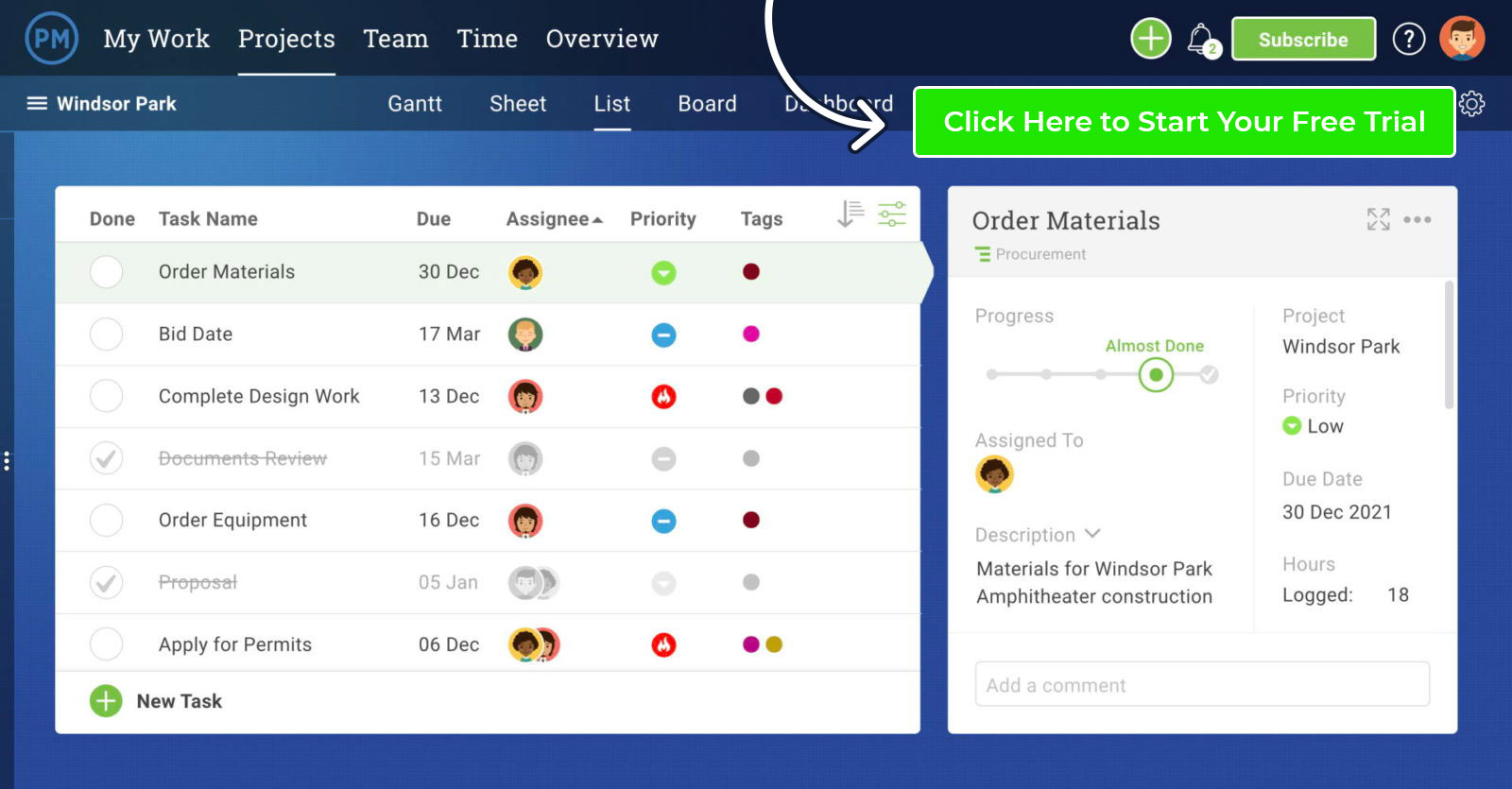Githens defines the rolling wave as, “a program management approach that applies an iterative style of planning and execution in defined time periods. Initially, the program establishes a top-down structure and then fills out the work bottom-up within each defined phase. The work proceeds iteratively” (Githens, 2001). Read Ryan Buma’s post exploring this alternative to standard waterfall project planning. While Buma extolls the virtues of rolling wave planning in a single software solution, there are various superior solutions including Wrike which can handle this iterative approach to planning.
Sometimes the whole picture isn’t clear when you’re planning a project. But with a traditional project management methodology, such as waterfall, you set everything up first and then you’re stuck with it.
But the waterfall methodology is only one way to manage a project. Other project managers prefer a more iterative process, like scrum. Others still prefer forms of agile software development where they have room to adjust their project plan. That type of agile project management is called rolling wave planning or wave planning.
Rolling wave planning might not be for every project, but it could be for yours. Wave planning, project management software and a skilled and experienced team might be just the combination to deliver project success for you…Read More »
The post What Is Rolling Wave Planning? appeared first on ProjectManager.com.
http://dlvr.it/SBTx7H
Githens, G. D. (2001). Manage innovation programs with a rolling wave. PM Network, 15(5), 35–39.










